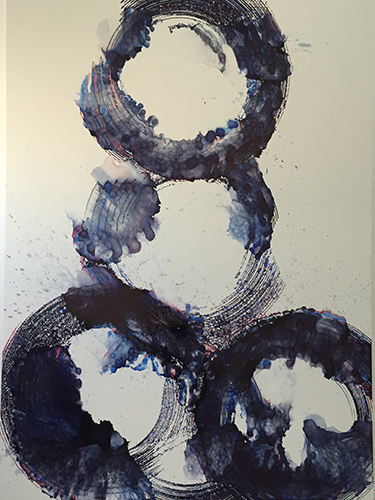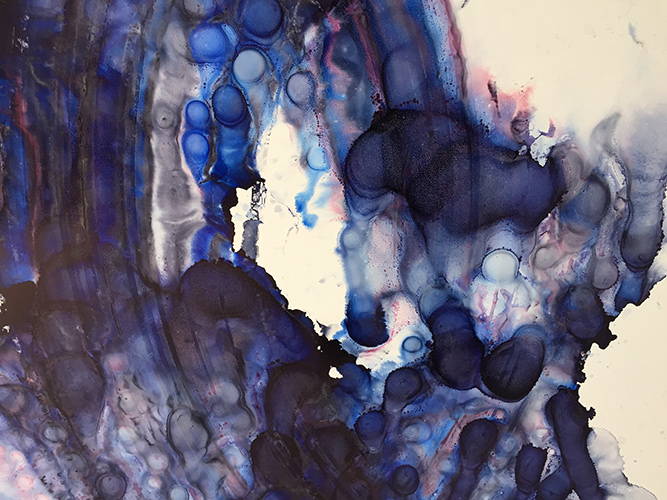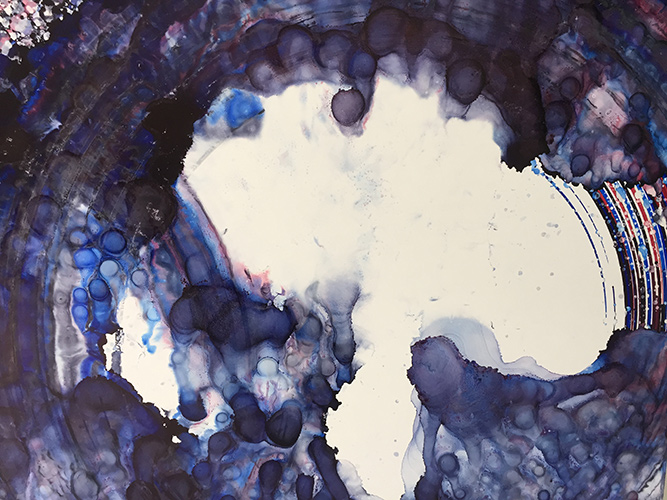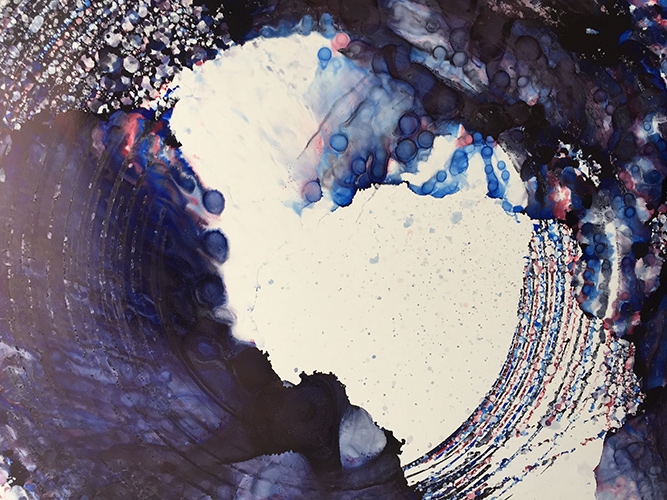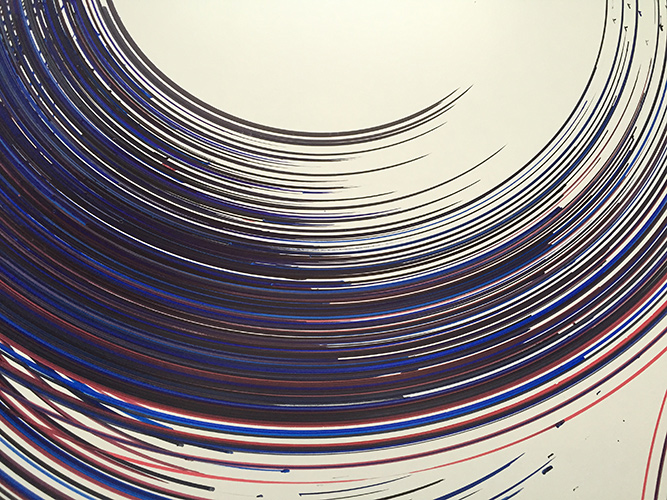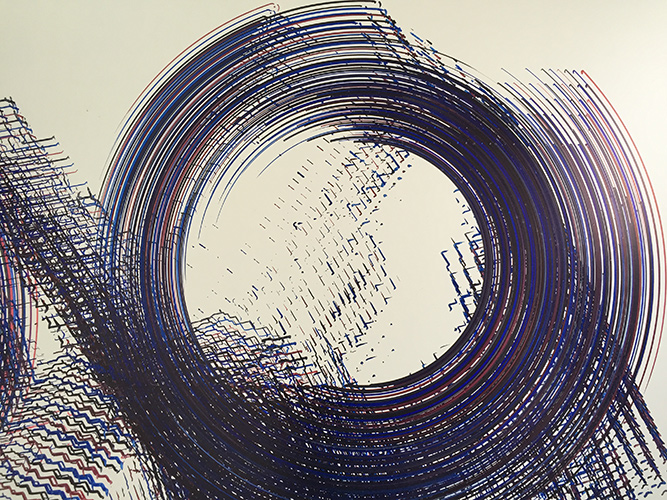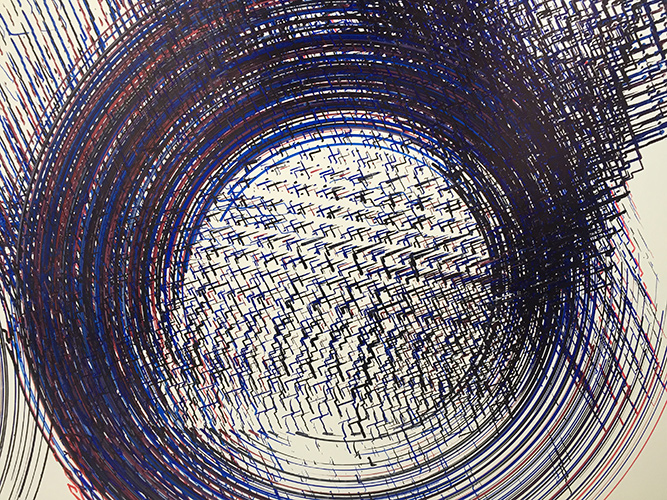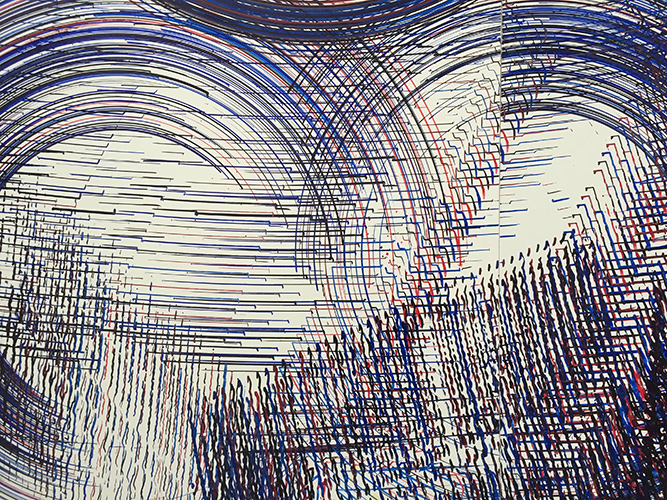RoboAction A1 K1
Performance and Installation
Rapid scientific and technological development at this contemporary moment in time has made the otherwise very thin borderline between technology and art no longer something that is within the realm of science fiction, rather it has become a defined realm of reality.Various contemporary artistic practices and approaches are based upon the aspiration of attaining a complete intersection of diverse disciplines, which implicitly brings about the creation of a total work of art, i.e. the gesamtkunstwerk. However, apart from collaboration with scientific institutes, factories or teams of programmers, technicians and engineers, it seems that the essence of the creative process should precisely be the issue of the constant revision of the conditions and means of work in relation to the requirement of sustaining artistic autonomy.
It is exactly in this direction that the cybernetic projects of the artist, Dragan Ilic, are created. The artist constantly transposes into the third dimension his decade’s long-running conceptual practice based on the usage of pencils as the basic draftsman’s tool, starting primarily with the media of performance art, installation and sculpture in extended field. Gradually, over the years, his expressive and mechanical compositions have become even more advanced with the development of modules, diverse in shape and sizes, devices designed for the task of mounting and holding his drawing tools, which has led ultimately to the construction of an appropriate drawing machine. Construed for non-artistic purposes, these robots have been reshaped into special draftsmanship implements with which the author is capable of processing his ideas at far greater speed and with considerably greater precision. The metamorphosis of the artistic work is positioned at a point where human and machine activity intersects, resulting in an interaction that is essentially based on the need to transcend the limitations of the human body.
Ilic’s new project DI-2K4 represents a logical extension of his work from the past. The artist had obtained a large industrial robot (with articulated moving joints) used in factory production as an entirely new means of working implement. However, the circumstances are changed now in the sense that Ilic is no longer the one who is controlling or manipulating the machine (as was the case in his previous projects), rather it is his very own body that he now places at the disposal of a programmed machine, practically merging with it. The performative act of drawing or painting ceases to be an exclusively human activity and this simulation on the whole suggests to us both the repetitiveness involved in technological production, as well as representing a new stage of ritual or transgressive experiences of the author himself.
It is in this constellation in which the machine controls and steers man — as he is trying to steer and guide the trace being made over the white surface – that these robotized compositions are created (on the floor or wall), compositions which require in their very procedure the assuming of an associative perspective. Thus, the artist’s angle of view in the creative process is changed anew; therefore, the final product is subject to uncertainty precisely due to the experiencing of a different view on behalf of the spectators. By employing the procedure of the robotic execution of drawings, Ilic not only demystifies the modernist dogma of the creative act, rather he goes a step further and considers the possibility of controlling the future evolutionary development of mankind.
As proof of the above mentioned, it is important to emphasize that with this act of bringing out and activating cyborg DI-2K4, Ilic is exposing his own body to great risk. Although the machine has been previously programmed and is stable in this sense, it may always experience failure and breakdown, thus creating some form of escalation. In such a case, the disobedience of the machine may cause serious injury or even lead to the possible death of the artist, which is completely congruent with his philosophy of enlightenment and his agenda based on the strategy of the constant re-examination of human desires and limitations.
In conclusion, DI-2K4 does not only represent the embodiment of artistic innovation and imagination, rather it is more a transformational tool in the context of the transcendence and upgrading of not just the artist’s persona, but also of the human individual. Or, in the words of Donna Haraway, the cyborg is our ontology; it gives us our politics. The cyborg is a condensed image of both imagination and material reality, the two joined centers structuring any possibility of historical transformation.
Vladimir Bjelicic, Art historian
